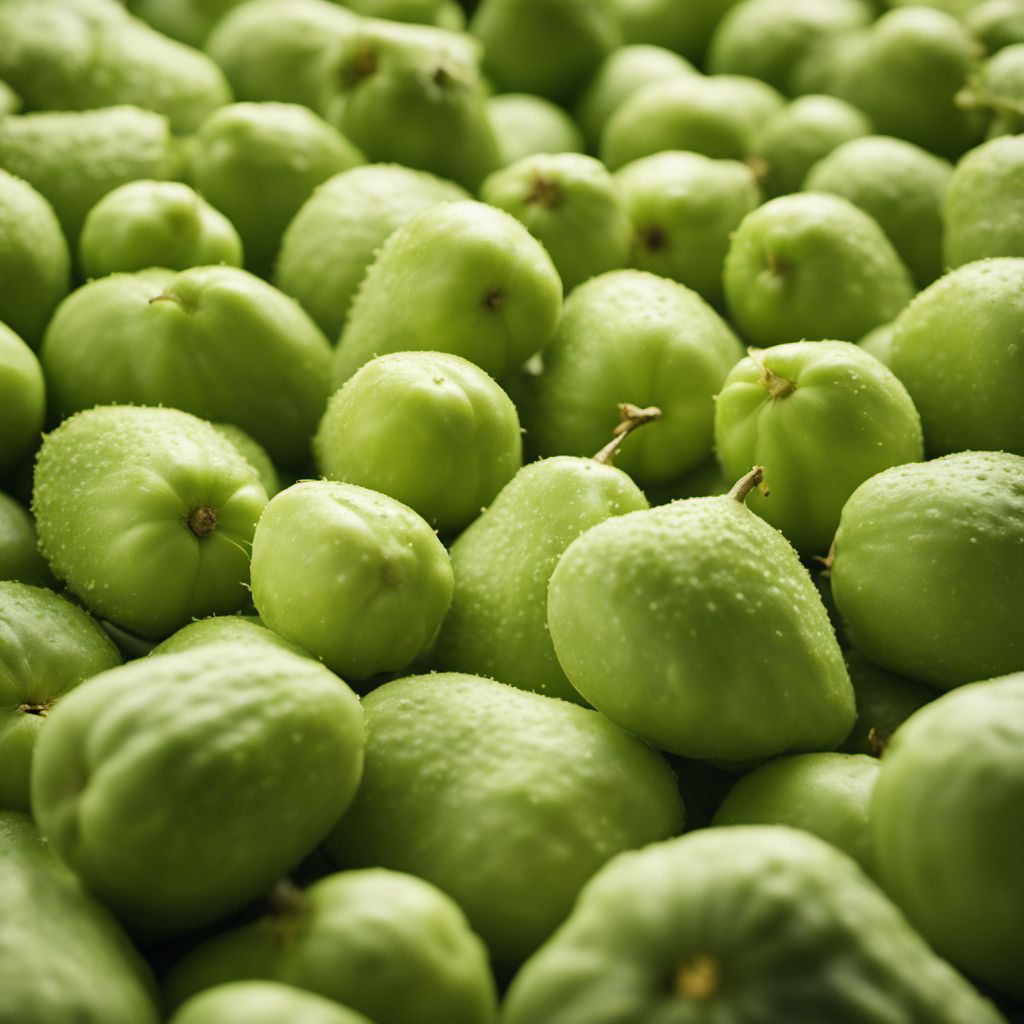
Ingredient
Chayote fruits
The Versatile Chayote: A Hidden Gem in the Culinary World
Chayote fruits are small, pear-shaped vegetables with a pale green skin and a crisp, juicy flesh. They have a mild, slightly sweet flavor that is often compared to a cross between a cucumber and a pear. The texture of chayote fruits is firm and crunchy when raw, but becomes tender and soft when cooked. They can be enjoyed both raw and cooked, making them a versatile ingredient in various cuisines.
Origins and history
Chayote fruits are native to Mesoamerica and have been cultivated for thousands of years. They were highly valued by the Aztecs and Mayans for their nutritional benefits and were even used in traditional medicine. Today, chayote fruits are widely grown in tropical and subtropical regions around the world, including Mexico, Central America, and parts of Asia.
Nutritional information
Chayote fruits are low in calories and a good source of dietary fiber, vitamin C, and potassium. They also contain small amounts of other essential vitamins and minerals.
How to select
When selecting chayote fruits, look for ones that are firm and free from blemishes or soft spots. The skin should be smooth and vibrant green. Avoid chayote fruits that are wrinkled or have a dull appearance, as these may indicate that they are past their prime.
Storage recommendations
To store chayote fruits, place them in a perforated plastic bag and store them in the refrigerator. They can be kept for up to two weeks. Avoid storing chayote fruits near ethylene-producing fruits, as they are sensitive to ethylene and may spoil faster.
How to produce
Chayote fruits can be easily grown in warm climates with well-drained soil. They thrive in full sun and require regular watering. Plant the chayote fruit whole, with the pointed end facing up, and provide support for the vine to climb as it grows.
Preparation tips
Chayote fruits can be enjoyed raw in salads or slaws, or cooked in stir-fries, soups, stews, and casseroles. They can be boiled, steamed, sautéed, or roasted. To prepare chayote fruits, wash them thoroughly, cut them in half, remove the seed, and peel the skin if desired. They can be sliced, diced, or julienne depending on the recipe.
Substitutions
Zucchini or cucumber can be used as substitutes for chayote fruits, as they share a similar texture and mild flavor. However, they may not provide the exact same taste and crunchiness as chayote fruits.
Culinary uses
Chayote fruits are commonly used in Mexican, Caribbean, and Southeast Asian cuisines. They are often added to soups, salads, stir-fries, and curries. In Mexico, they are a popular ingredient in traditional dishes like chayote relleno and caldo de res. In the Caribbean, they are used in stews and pickled preparations. In Southeast Asia, they are commonly stir-fried with other vegetables and meats.
Availability
Chayote fruits are commonly available in Mexico, Central America, the Caribbean, and parts of Asia. They can also be found in some specialty grocery stores or farmers markets in other regions.
More ingredients from this category
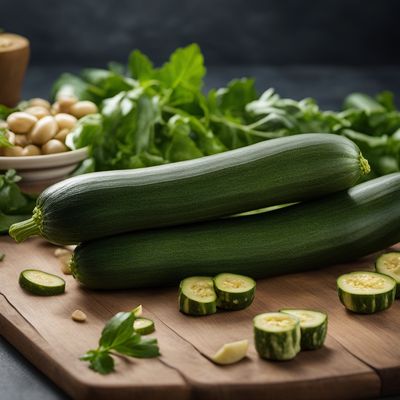
Courgettes
The Versatile Zucchini

Bottle gourds
The Versatile Gourd: Unveiling the Secrets of Bottle Gourds

Pointed gourds
The Elegant Delicacy: Pointed Gourds

Snake gourds
Serpentine Delights

Ivy gourds
The Versatile Ivy Gourd: A Hidden Gem in the Culinary World

Angled luffas
The Versatile Vegetable: Angled Luffas

Summer squashes
Versatile Delights of Summer

Sopropos
The Versatile Gourd
Recipes using Chayote fruits
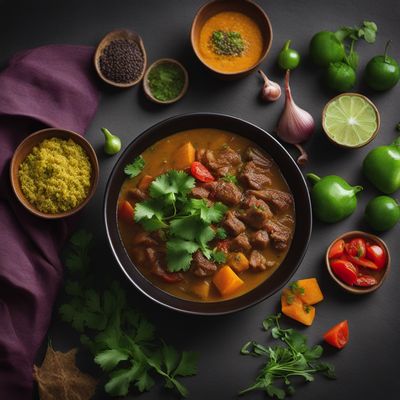
Mauritian Tocană with a Twist
Savory Mauritian Tocană: A Fusion of Flavors
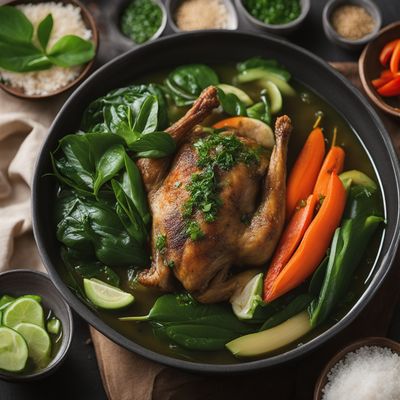
Tinolang Manok with a Twist
Savory Chicken Soup with a Filipino Flair
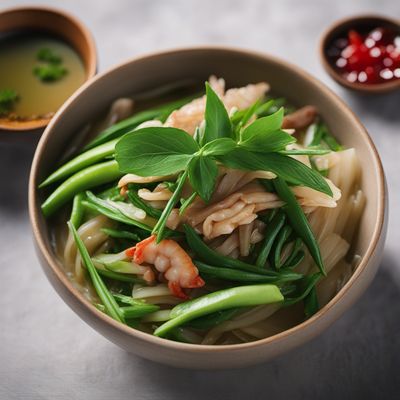
Macanese-style Seafood Lard Na
Macanese Seafood Delight: A Fusion of Thai Lard Na and Macanese Flavors

Sayur Asem - Indonesian Tamarind Vegetable Soup
Tangy Delight: Indonesian Tamarind Vegetable Soup

Mauritian Cassoeula
Savory Mauritian Pork Stew with Local Flavors

Jamaican Goat Soup
Savory Jamaican Delight: Spiced Goat Soup

Surinamese Stuffed Bread
Savory Surinamese Bread Delight

Stir-Fried Chayote with Garlic
Garlic-infused Chayote Delight